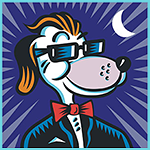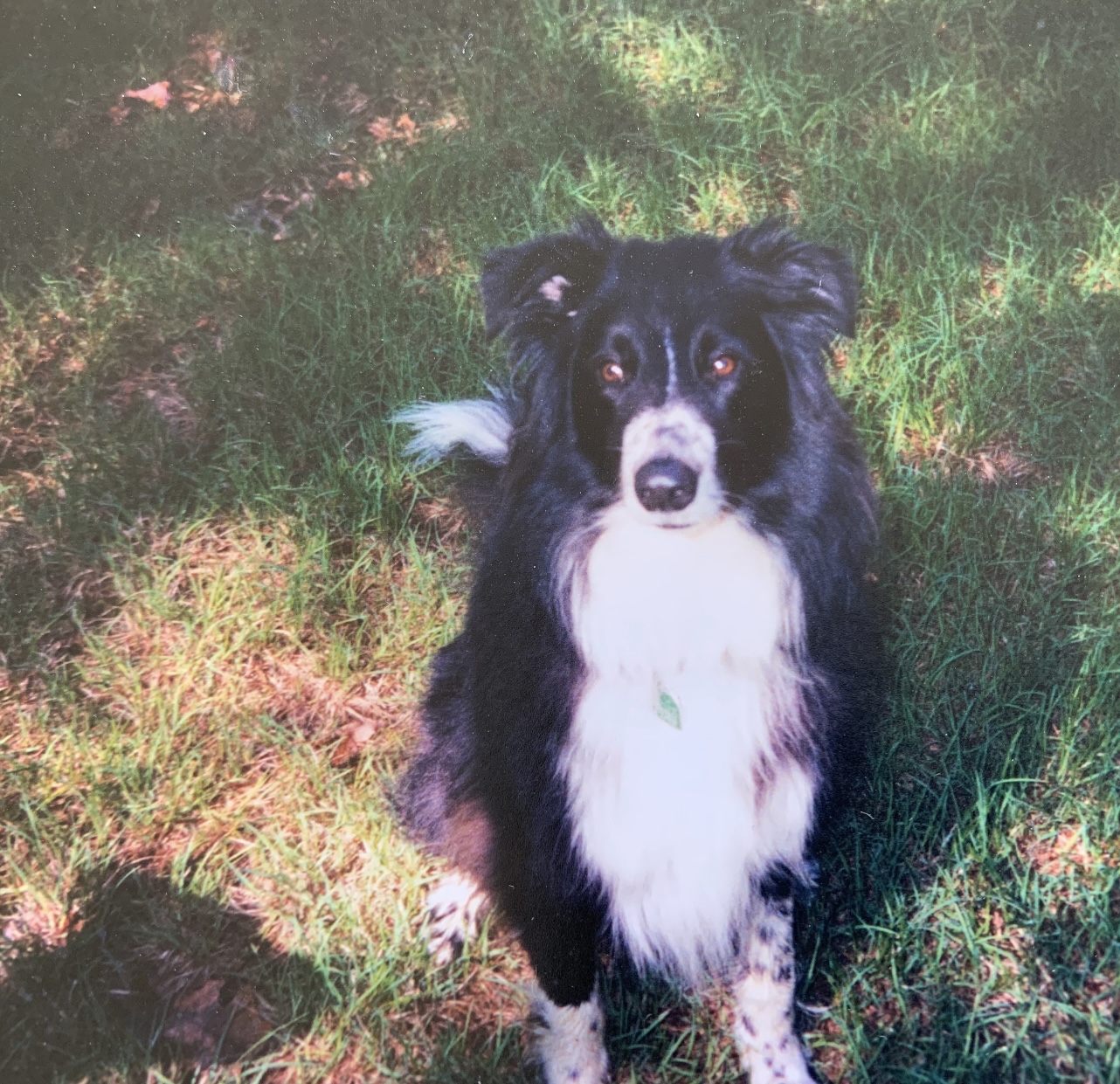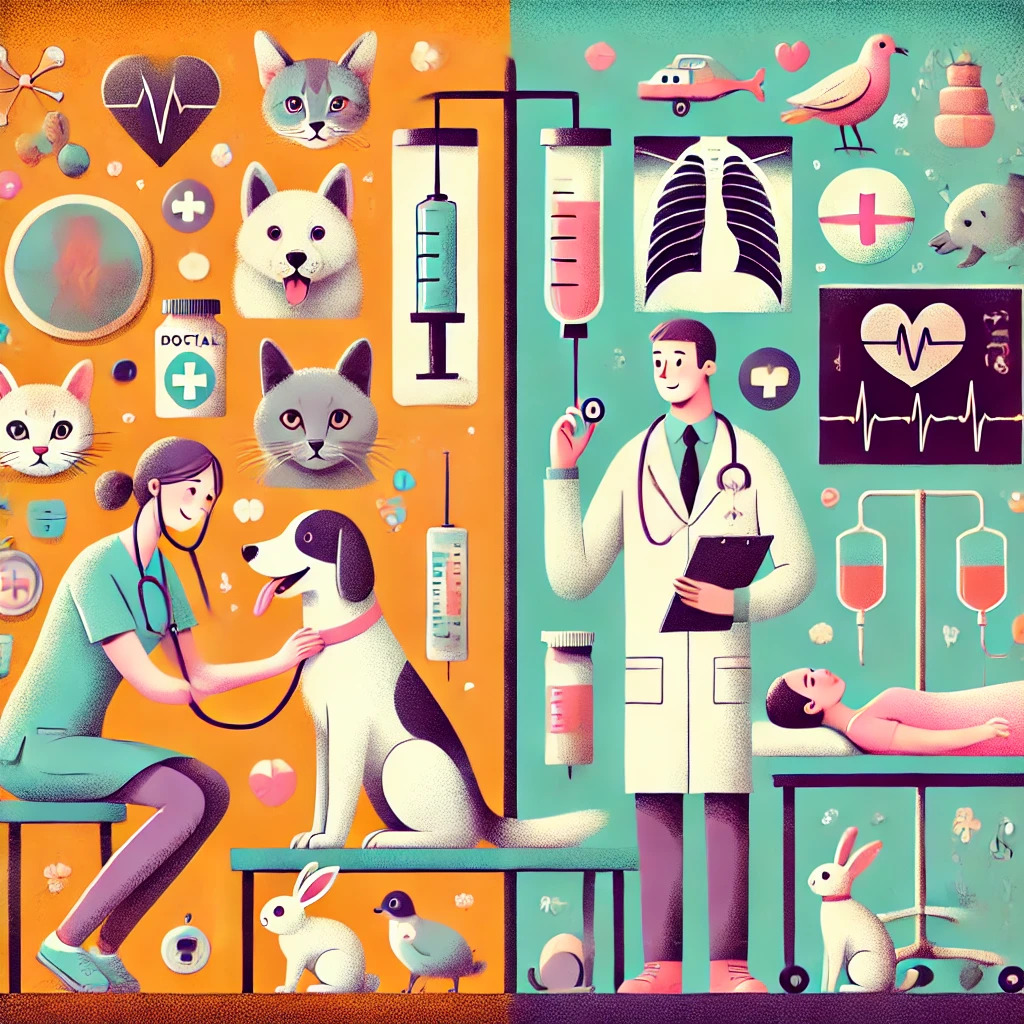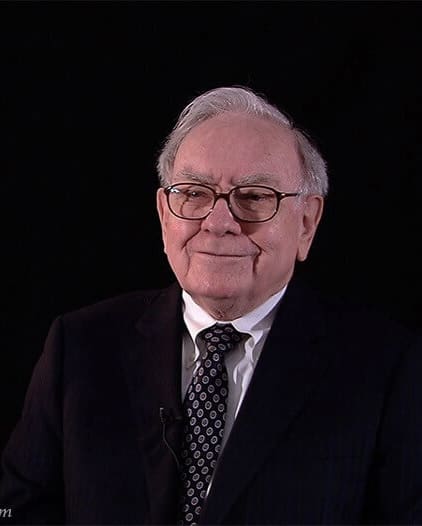“ I was devastated. I felt helpless.”
Over 30 years ago, I was fortunate enough to adopt a sweet little mixed breed Collie that I named Tucker. He was only about nine weeks old when he was suddenly bitten in face by a friend’s large dog. We rushed to the emergency room, and I was told that they would try to save his eye. He had a crush injury to his young skull and the eyeball was almost out of its socket. Poor little thing!
The next morning, the ER veterinarian released Tucker to me with a handful of medications to give around the clock and a referral to a veterinary ophthalmologist. Tucker received all of his medication as ordered and we had our first appointment with the specialist a week later. We were told that my puppy, due to significant nerve damage to his eyeball, would need to come back in a month to have his eye surgically removed and the lids sewn shut. Because Tucker was so young, the doctor assured me that he would not miss his eye and would live a long and happy life. We made a follow up appointment for one month.
I was devastated. I felt helpless.
However during that first week of recovery, I remember sitting there looking at this injured pup, wondering what would I do if a human parent came to me with their baby with a similar injury asking me if I could help. (Ah, youth! I was a newly-minted chiropractor without limitations). I looked through my bag of tricks and chose to give Tucker some homeopathy, perform some energy work and give some extremely gentle cranial movements of his skull (chiropractic), in addition to all of his prescribed medications.
A month later at the follow up appointment with the specialist, the veterinarian declared Tucker’s eyeball to be sound and intact. We were both happily surprised! He stated that he did not need surgery but was most likely partially blinded in that eye. He said the eye would turn cloudy white. It was then I decided that I needed more education. Finding a school in Illinois that was teaching animal chiropractic to licensed veterinarians and chiropractors and taking the postgraduate courses enabled me to sit for the American Veterinary Chiropractic Association(AVCA) board and become western Pennsylvania’s first certified animal chiropractor in the mid 1990’s.
Animal chiropractic opened the door to my being invited to Cairo, Egypt on many occasions where I had the privilege of adjusting competitive racehorses, polo ponies and endurance desert racers, guard dogs and some people too. At home in Pittsburgh, providing chiropractic care to pets here in the region has provided a sense of contribution and true help to thousands of animals over the years.
Often people will bring their dogs to me because they are not doing something they used to do, like not wanting to play, walk, or do the stairs. Often they are painful. Sometimes they have disc injuries or trauma from sports, aging, lameness, not jumping, or just being a dog and hurting themselves. Older dogs can often benefit from chiropractic care to ease muscle pain and increase range of motion (movement). Some animals cannot have surgery for a variety of reasons (age, cost, length of recovery, owners’ choice). Some pets cannot take medications or they are ineffective. These potentially can be chiropractic cases.
I perform chiropractic with my hands. The techniques are extremely safe, gentle and most often painless. Many times, a painful, agitated dog will lay down and go to sleep right in the office after their first adjustment. A common misconception is the expectation of an awful sounding “crack” during an adjustment. That sound, which is simply gas escaping in a joint in humans, is not common wihile adjusting animals. The “adjustment” is a high velocity, low impact thrust along the lines of a joint in an effort to restore movement to the joint. Non-moving joints are diseased joints; they get their nourishment from movement. Restoring movement to joints enables the body to function and heal naturally. This allows the nervous system to work at its capacity without interference as much as possible, So, this begs the question, “Is your body better off with nerve interference or without nerve interference?”
Chiropractic care, performed by a certified animal chiropractor, can be helpful and life changing. Many owners have told me that their pets’ lives have been healthier, less painful, happier and longer with the addition of chiropractic into their regular veterinary health care.
By the way, Tucker lived a happy and long life without limitations. His eye never turned cloudy as expected and moved in conjunction with the the other eye. Only he and I knew. But it’s been too good to keep a secret.
By Dina LiVolsi, Doctor of Chiropractic




